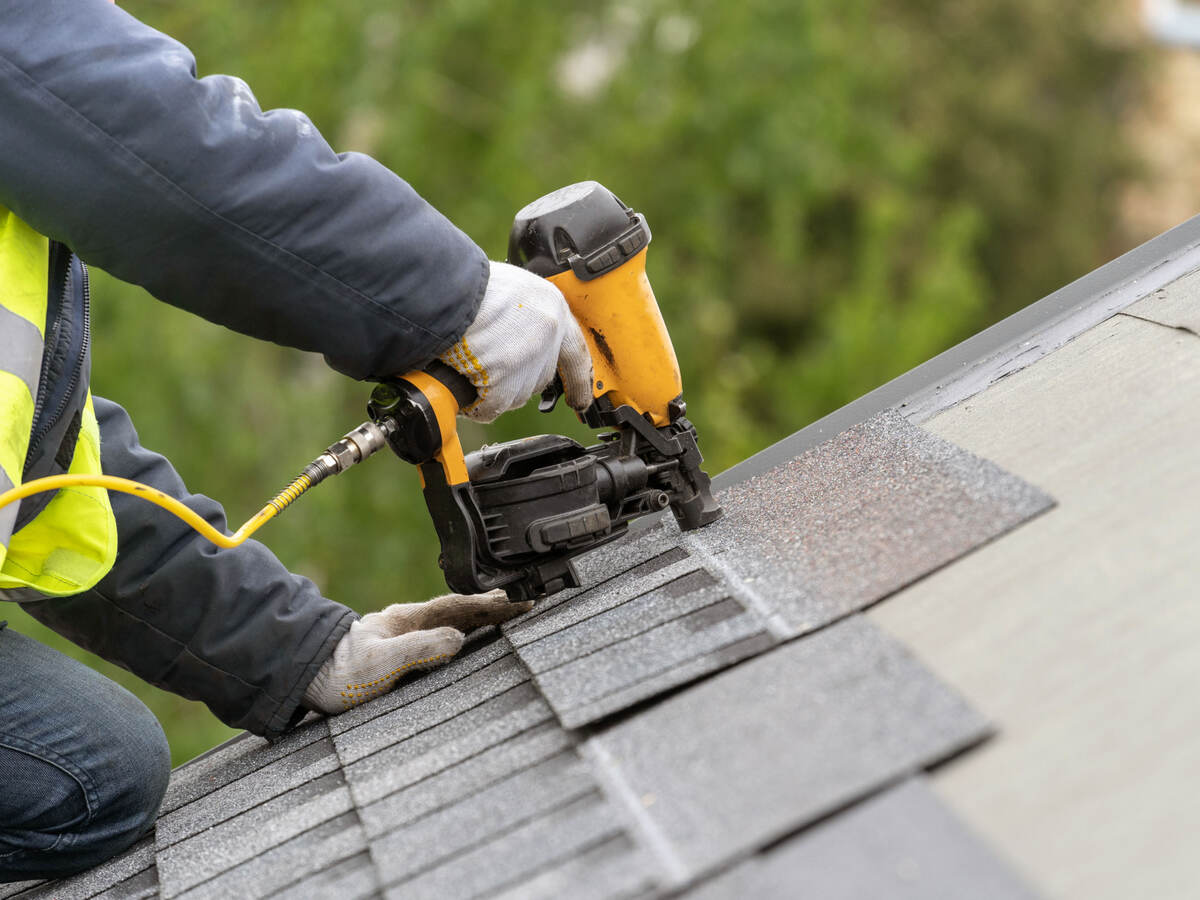August 8, 2022
The BXUV Guide Information can be located using our Product iQ® on-line search tool, available at www.ul.com/PiQ. Product iQ does not require a fee, but a one-time registration is needed.
The BXUV Guide Information provides valuable information and guidance on considerations associated with the (BXUV) fire-resistance rated designs, some of which provide acceptable variations to the details included in individual designs.
Two examples:
- “Luminaires (light fixtures) may be installed individually or end to end (in rows). Side-by-side installation has not been investigated”.
- “The resistance of the roof assemblies to uplift by pressures on the roof surface or other damage that may result from high-velocity wind has not been investigated. See Roof Deck Constructions (TGKX) for a list of roof constructions that have been investigated for uplift resistance.”
In the luminaire example, installations with luminaires installed in a side-by-side orientation would not be considered to have a fire-resistance rating unless this orientation is specifically indicated in a particular design.
In the wind uplift example, if searching for a fire-resistance-rated roof deck that has undergone wind uplift assessment, the “has not been investigated” reference clarifies that the BXUV design by itself has not been investigated for uplift, and that uplift evaluations are included in another product category, namely TGKX.
Summary
Where the phrase “has not been investigated” is used in the BXUV Guide Information, it simply means that the product, system, assembly and/or method of installation or construction (the variation to the published UL Design) has not been tested by UL to determine if that variation would cause any changes in the certified hourly-fire-resistance rating, as determined by testing in accordance with UL 263 (ASTM E119). The UL certification for an hourly-fire-resistance rating is only published for assemblies (construction method and materials) that have been tested by UL and fully comply with the testing criteria of UL 263 (ASTM E119).
UL cannot provide any judgment or certification concerning fire-resistance rating for products, systems, assemblies and/or methods of installation or construction where it “has not been investigated” in accordance with UL 263 (ASTM E119).
This statement in the BXUV Guide Information for fire-resistance ratings can also be interpreted that the variation described should be investigated (tested) to UL 263 (ASTM E119) to ensure the required fire resistance-rating and performance for that product or assembly can be demonstrated through the long established and standardized fire test required by UL 263 (ASTM E119).
Get connected with our sales team
Thanks for your interest in our products and services. Let's collect some information so we can connect you with the right person.

